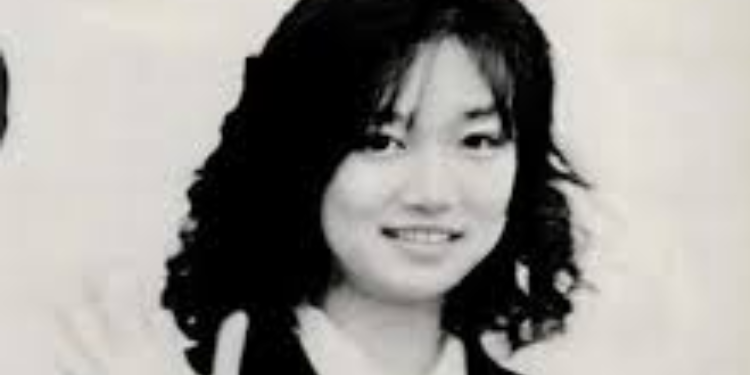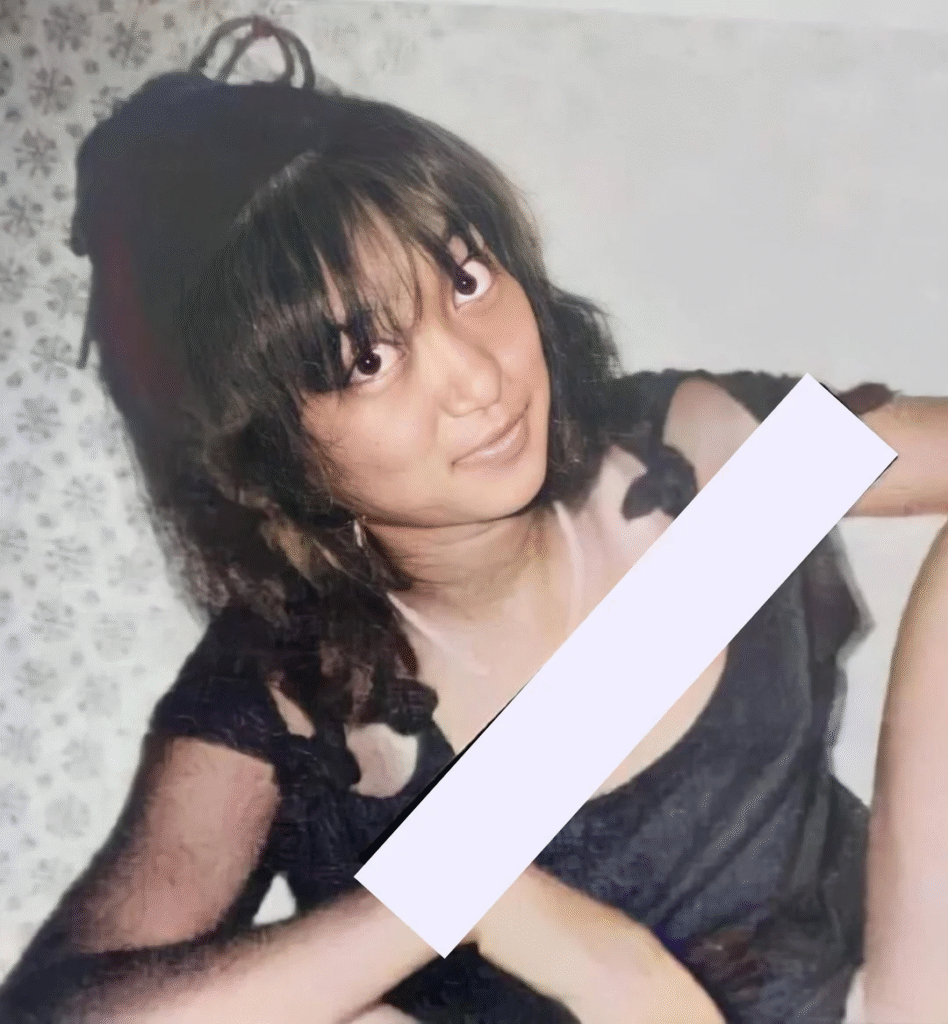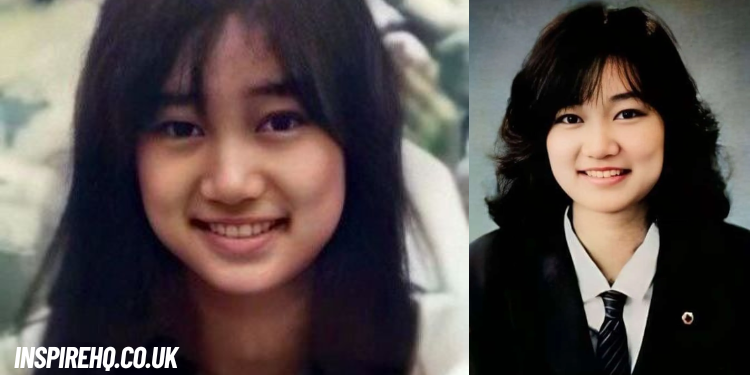The case of Junko Furuta is one of the most heartbreaking and disturbing crimes in modern history. At just 17 years old, she became the victim of unimaginable cruelty that left Japan shocked and the world horrified. Her story is not only about tragedy but also about the failures of justice and the lasting impact of violence on families and society. Today, her name continues to echo as a reminder of how important it is to protect the innocent and demand accountability from those who commit such acts. In this article, we will explore the life of Junko Furuta, the tragedy she endured, the trial of her killers, and the lasting impact her story left on society.
Quick Bio:
| Full Name | Junko Furuta |
|---|---|
| Date of Birth | January 18, 1971 |
| Place of Birth | Misato, Saitama Prefecture, Japan |
| Date of Death | January 4, 1989 |
| Age at Death | 17 years |
| Nationality | Japanese |
| Height | Around 160 cm (approx. 5′3″) |
| Family | Parents and two brothers |
| Education | Yashio-Minami High School |
| Occupation | Student, part-time worker |
| Net Worth | Not applicable |
| Social Media | None (before the digital era) |
| Cause of Death | Murder after 40+ days of captivity |
| Known For | Victim of the “concrete-encased high school girl” case |
Early Days
Junko Furuta was born in January 1971 in Misato, Saitama Prefecture, Japan. She grew up in a loving household with her parents and two brothers. Known as a cheerful and respectful girl, she followed the values her family instilled in her—hard work, kindness, and dedication. Her life was that of a normal teenager who loved school and carried big dreams for the future. She had a reputation for being polite, disciplined, and someone who never got into trouble, making her a source of pride to her family.
Bright Personality
Friends and classmates described Junko as bright, dependable, and well-liked. She was the type of student who balanced good grades with part-time jobs to help support herself. She enjoyed music, fashion, and like many teens of her time, had aspirations to enjoy life after high school. Teachers saw her as reliable and respectful, while peers admired her for staying out of bad influences like drinking or smoking. Her ambition was to travel after graduation and possibly explore bigger opportunities. She truly embodied the hope and innocence of youth.
The Abduction
On the evening of November 25, 1988, Junko’s life took a terrifying turn. While returning home from her part-time job, she was targeted by a group of boys who deceived her into thinking she needed help. Instead, they lured her into a trap that would change her life forever. What began as an ordinary walk home for a teenage girl turned into the start of a 40-day nightmare. She was forcibly taken to a house where she would remain captive, hidden away from the outside world.
Forty Days of Suffering
The weeks that followed were filled with unimaginable suffering. Junko was kept in confinement and subjected to repeated abuse at the hands of her captors. Her physical and emotional torment grew each day, leaving her weak and broken. She was deprived of basic needs, humiliated, and beaten until she could barely move. Despite her pain, she endured each day with a quiet strength that has since been remembered by many. The cruelty she faced revealed a level of inhumanity that shocked even seasoned investigators.

The Final Days
After more than a month of captivity and torment, Junko’s fragile body could no longer withstand the abuse. On January 4, 1989, she lost her life inside the very place she had been held captive. In an attempt to cover up their crime, her killers concealed her body in a drum filled with concrete and abandoned it in an industrial area. This horrifying discovery weeks later revealed the full extent of what had been done to her and brought a wave of grief and anger across Japan.
The Perpetrators
The crime was carried out by four teenage boys who had ties to delinquent gangs. They were young, but their actions displayed shocking levels of cruelty and disregard for human life. Each of them played a role in the abduction, abuse, and eventual death of Junko. Their identities became infamous, and their names have since been associated with one of the darkest chapters in Japanese criminal history. The fact that such young individuals could commit such horrific acts raised deep questions about youth crime and accountability.
Trial and Sentences
When the case finally reached trial, the public expected harsh punishment for the perpetrators. However, the sentences handed down were far more lenient than many believed appropriate. Because the offenders were juveniles at the time, the law treated them with greater leniency, leading to sentences ranging from a few years to a maximum of twenty. This outcome outraged the nation. For many, it felt like justice had not been served, and the punishment did not reflect the brutality of the crime. The case highlighted serious flaws in the juvenile justice system and sparked national debate.
Life After Prison for the Offenders
Several of the offenders went on to reoffend after their release, proving to many that they had not reformed. Reports of further arrests, violence, and criminal activity only deepened the frustration and pain felt by the public and Junko’s family. The lack of accountability haunted the case long after the trials ended. This reinforced the feeling that the legal system had failed, not only Junko but also society, by allowing dangerous individuals to walk free.
Personal Profile
Junko Furuta was only 17 years old when her life was stolen. She was a high school student with a gentle appearance and an average height of around 160 cm. With dark hair, youthful features, and a bright smile, she was described as beautiful and full of life. Coming from a modest family background, she did not have wealth or fame. Her life revolved around her family, her studies, and her part-time jobs. She had no social media, as she lived in a time before such technology existed. Her worth was not measured in money or status but in the love she gave to those around her and the promise of a bright future.

Impact on Society
The murder of Junko Furuta sent shockwaves across Japan. It was a crime so brutal that it made headlines worldwide and left communities questioning how something so horrific could happen unnoticed for so long. It exposed weaknesses in how society protects its young and vulnerable. The case ignited discussions on legal reforms, juvenile justice, and the need for stronger support systems for victims. Even today, her name is invoked in conversations about crime, justice, and the duty of society to protect its youth.
Cultural Memory
Junko’s story has been retold in various forms of media over the years, from documentaries and books to films and even manga. While some adaptations have drawn controversy for dramatizing her suffering, they have also kept her memory alive. Her case is studied in criminology, referenced in debates about juvenile law, and remembered by ordinary people as a symbol of how cruel humanity can be—but also how resilient memory can remain.
A Lasting Legacy
More than three decades later, Junko Furuta’s legacy continues. She is remembered not only as a victim of a heinous crime but as a reminder of the fragility of life and the importance of justice. Her story urges people to reflect on compassion, accountability, and the dangers of ignoring the cries of the vulnerable. Though her life was stolen too soon, her memory endures, inspiring efforts to create safer communities and stronger protections for children.
Conclusion
The story of Junko Furuta is not easy to tell, but it is necessary. It is a story of a young girl who lived a normal, hopeful life, only to have it destroyed by cruelty. It is a story of justice that was never fully served, of societal reflection, and of lessons that must not be forgotten. By remembering Junko, we honor her life and reinforce the message that society must do everything in its power to protect the innocent. Her name lives on, not in silence, but in the voices that continue to demand justice and compassion for all.
FAQs:
1. Who was Junko Furuta?
Junko Furuta was a Japanese high school student from Misato, Saitama Prefecture, who became the victim of one of the most shocking crimes in Japan’s history.
2. How old was Junko Furuta when she died?
She was only 17 years old when her life was taken in January 1989, just two weeks before her 18th birthday.
3. What happened to her killers?
The perpetrators were tried as juveniles and received relatively light sentences, sparking public outrage. Several of them reoffended after their release.
4. Did Junko Furuta have any siblings?
Yes, she grew up with two brothers in a close family. They, along with her parents, were left devastated by her loss.
5. Did Junko Furuta have wealth or social media?
She had no net worth or social media presence. She was a student with part-time jobs, living in a time before social networks existed.
Also Read: The Story of Marianne Bachmeier: A Mother’s Grief and a Courtroom’s Shock




